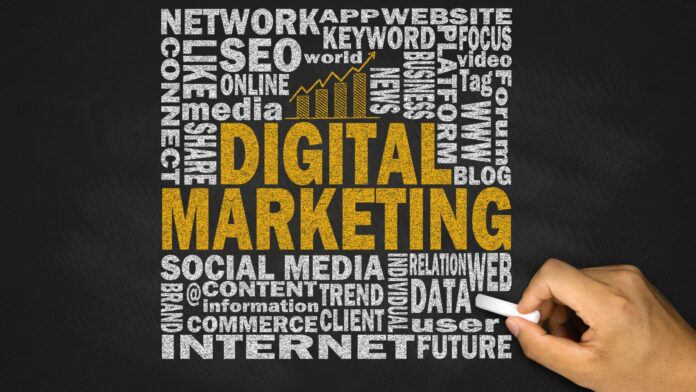When it comes to comparing traditional markets to digital markets, there are several key factors to consider. The rise of the internet and technology has transformed the way we buy and sell products, creating a new era of e-commerce. Traditional markets, on the other hand, have a long-standing history and are deeply rooted in physical spaces. In this article, I will explore the differences between these two types of markets and highlight the advantages and disadvantages of each.
Compared to Digital Markets Traditional Markets Have
Traditional markets, also known as brick-and-mortar markets, refer to physical retail locations where consumers can purchase goods and services directly from sellers. These markets have been around for centuries and have played a significant role in the global economy. Unlike digital markets, which operate online, traditional markets are typically found in physical storefronts, shopping malls, or local marketplaces.
In traditional markets, consumers have the opportunity to physically interact with products before making a purchase. They can touch, feel, and try on items, which provides a tactile experience that cannot be replicated in digital markets. This hands-on approach allows consumers to assess the quality, size, and functionality of products, making it easier to make informed purchasing decisions.
Furthermore, traditional markets often offer a more personal and social shopping experience. Shoppers can engage in face-to-face interactions with sellers, ask questions, and receive immediate assistance. This personal touch can help build trust and establish a connection between the buyer and the seller. Additionally, traditional markets provide the opportunity for bargaining and negotiating prices, which can lead to potential savings for consumers.
However, it is important to note that traditional markets may have some limitations compared to their digital counterparts. They may have limited operating hours, making it challenging for consumers with busy schedules to shop at their convenience. Traditional markets may also have a smaller variety of products compared to digital markets, due to space constraints. Additionally, consumers may need to travel to a physical location, which can be inconvenient for those who live far away.

Definition of Digital Markets
Digital markets, also known as online markets or e-commerce platforms, refer to the virtual spaces where goods and services are bought and sold electronically. These markets operate through the use of the internet and digital technologies, allowing consumers to browse, compare, and purchase products from the comfort of their own homes.
In digital markets, consumers can access a wide range of products and services with just a few clicks. These markets offer convenience and accessibility, as they are available 24/7, allowing consumers to shop at their own convenience. Whether it’s purchasing clothing, electronics, or even groceries, digital markets provide a vast array of options to cater to different consumer needs and preferences.
Another defining characteristic of digital markets is the absence of physical interaction with products prior to purchase. Unlike traditional markets, where consumers can touch, feel, and try on items, digital markets rely on product descriptions, images, and customer reviews to provide information about the products. While this may limit the tactile experience, digital markets often compensate for this with detailed product descriptions, high-quality images, and even virtual try-on options for certain products.
Furthermore, digital markets offer a seamless and efficient shopping experience. Consumers can easily compare prices, read reviews, and access a wealth of product information in a matter of minutes. They can also take advantage of personalized recommendations and targeted advertisements, which enhance the overall shopping experience and make it easier for consumers to find products that align with their preferences.
Overall, digital markets provide a convenient and accessible way for consumers to shop for a wide range of products and services. While they may lack the physical interaction and personal touch of traditional markets, digital markets offer efficiency, variety, and convenience that appeal to many modern consumers. By understanding the unique characteristics of digital markets, consumers can make informed decisions about where to shop and leverage the benefits of online shopping.


